Induction heating is widely used in industry and even consumer appliances as a contact-free heating technique with many distinct advantages.
Although we have looked only at induction heating for industrial applications, some of its attributes make it attractive in the kitchen as well. Of course, the kitchen-cooking scenario is not as constrained or well-defined as a fixed, analyzed, and monitored industrial unit. Stovetops using induction heating are available as full-size range tops and also as portable, plug-in single-burner units similar to the traditional plug-in “hot plates” but much safer and easier to use (Figure 1).
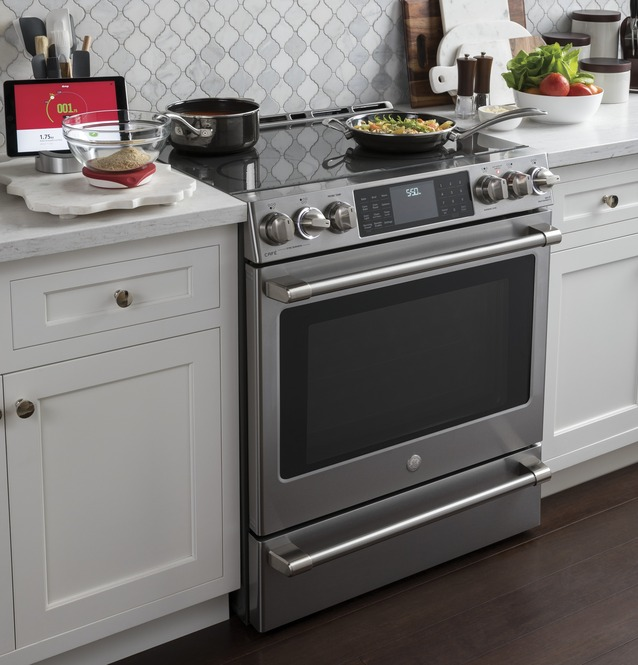
Why is induction heating attractive for the home? There are multiple reasons:
- Speed: It heats the pot or pan more quickly than a comparable gas flame of a conventional electric-coil heating-element stovetop. How much quicker? There are many variables to this answer, but some reports say it cuts two the three minutes from the eight minutes needed to boil a pot of water – that’s at least 25%.
- Cleanliness: since the cooking surface is a flat piece of glass and does not get hot, spills are much easier to wipe, especially as they don’t get “cooked” onto that top. (Actually, the top does heat up a little as the heated pot/pan transfers some of its induced heat back to the glass surface via conduction – but the cooktop is still much cooler than a conventional stovetop.)
- Safety: If the induction heater is on, but there is no pan/pot on the top, the stovetop stays cool, and there is no way to get burned.
- Pollution: unlike a gas-fired flame, there are no combustion products and fumes from the heating process to foul the air in the kitchen or the home.
- Precision: since the entire system is electrical, it is possible to place a temperature probe in the food and close the loop with the power amplifier to keep the cooking at the desired value. This contrasts with the open-loop arrangement of a gas flame where the must watch the food and keep adjusting the flame intensity.
- Efficiency: An industrial induction heater can have energy-transfer efficiency in the 90-95% range since the primary coil surrounds the workpiece. The kitchen situation is obviously very different, as the primary is located adjacent to the cooking vessel; also, that vessel will have unknown thickness and materials. Tests indicate that typical induction stovetops have efficiency in the range of 70 to 80 percent. This is about 10-20 percentage points higher than using a gas-fired flame or electric heating, but there are many caveats: the size of the pot or pan, the target temperature (boil versus simmer), and other factors. A clear-cut, definitive efficiency statement is not feasible, but induction is as good as the alternatives and is generally somewhat better.
Given these virtues, it would seem that induction heating in the kitchen is a clear winner. But there are drawbacks as well:
- Cost: induction stoves are about 20% more expensive than other stoves.
- Cookware: they only work with metal, preferably magnetic, cookware, which may be a problem for cooks who use ceramic or glass vessels.
- Use style: as part of their cooking approach effort, some chefs lift the pan from the stovetop to stir, shake, or mix ingredients. Since the magnetic field drops off as the square of the distance, the heat imparted to the pan drops rapidly as this is done, far quicker than from a flame.
- Audible Noise: the RF amplifiers of the induction-heating range tops operate in the five-to-ten kilohertz range and produce some audible noise that can irritate; the more expensive stoves produce less.
- Electrical noise: the amplifier also produces RFI/EMI, which can interfere with other nearby appliances and products.
- Magnetic effects: the intense magnetic field of induction heating can affect popular digital thermometers. Because of their accuracy rating, cooks may have to revert to old-fashioned mechanical thermometers with less “pointer” readout, which are less precise and harder to read.
The final part of this article looks at DIY induction-heating systems built by advanced amateur experimenters.
Related EE World Content
- Using Faraday’s Law of Induction
- Reverse-conducting IGBT targets induction heating apps
- What advanced sensing techniques are used to find lost treasures? Part 2: Electromagnetic induction
- IGBTs Reduce Cost in Induction Cooking Designs
- Basics of induction
- AC challenges with inductors
Additional References
Professional and Industrial References
- Wikipedia, “Induction heating”
- AZO Materials, “What is Induction Heating and How do Induction Coils Work?”
- GH Induction Atmospheres, “What Is Induction Heating?”
- Inductoheat, “What is Induction Heating?”
- RDO Induction LLC, “Fundamentals of Induction Heating”
- UltraFlex Power Technologies, “How Induction Heating Works”
- Wikipedia, “Royer Oscillator”
Consumer Use References
- Wikipedia, “Induction Cooking” (has efficiency numbers)
- Consumer Reports, “Pros and Cons of Induction Cooktops and Ranges”
- Martha Stewart, “The Pros and Cons of Induction Cooking”
- Don’s Appliances, “Induction Cooking: What is it and How Does it Work?”
- CDA, “How does induction cooking work?”
Do-It-Yourself References
- Homemade Circuits, “2 Simple Induction Heater Circuits – Hot Plate Cookers”
- Homemade Circuits, “How to Design an Induction Heater Circuit”
- Innovation Discoveries, “How to build and induction heater and how does it work?”
- RM Cybernetics, “How Does Induction Heating Work?”
- Autodesk/Instructables, “DIY Powerful Induction Heater”


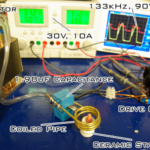
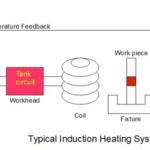
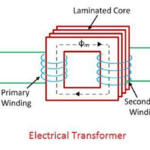
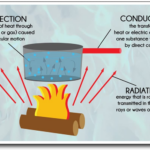
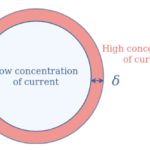

Leave a Reply